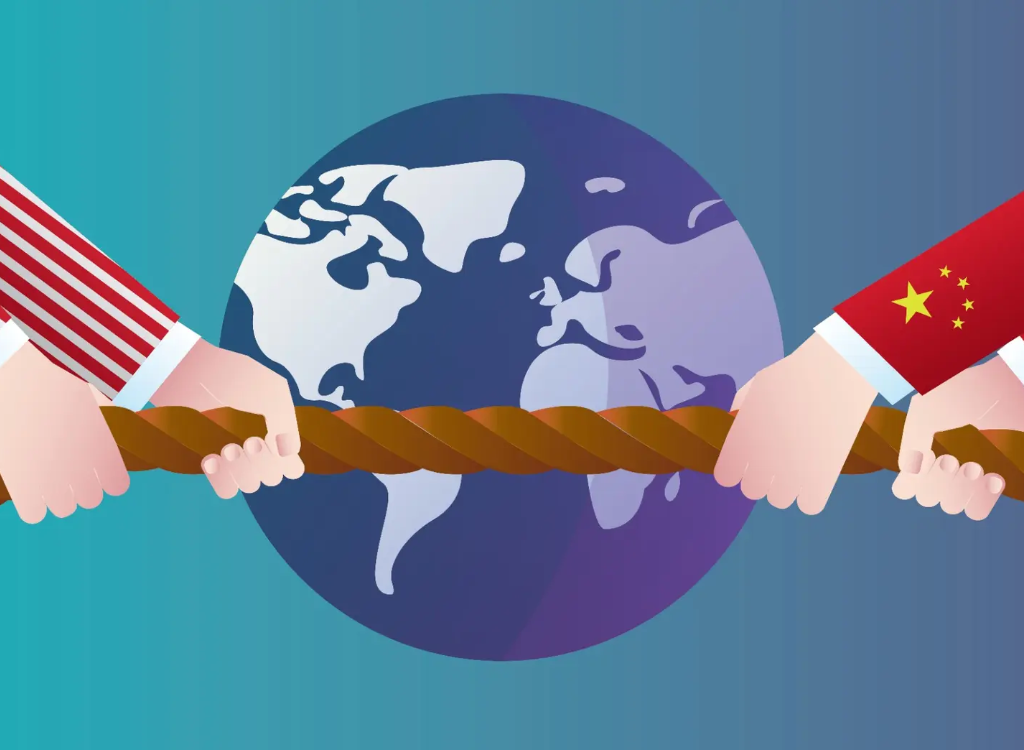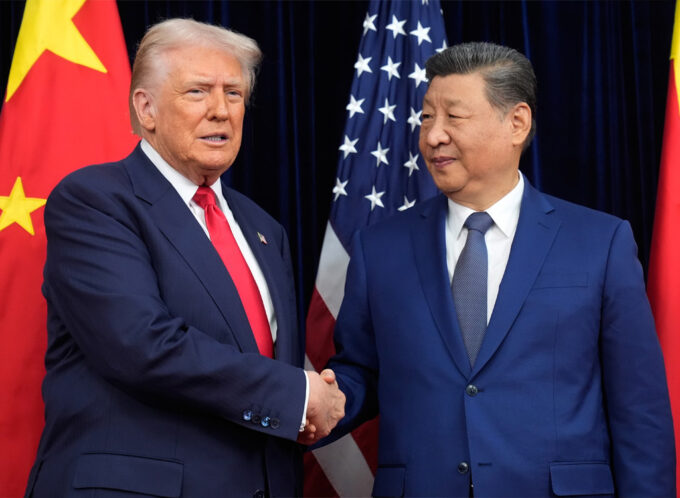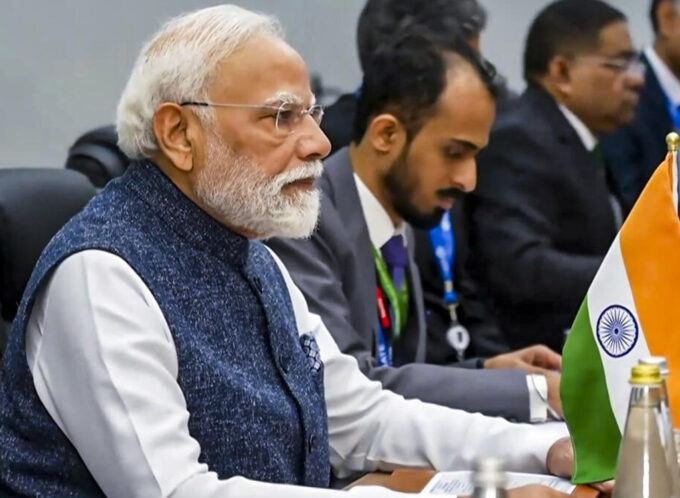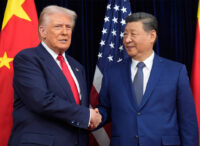The United States and China agreed Monday to drastically roll back tariffs on each other’s goods for an initial 90-day period, in a surprise breakthrough that has de-escalated a punishing trade war and buoyed global markets.
The announcement, which was made in a joint statement, comes after a weekend of marathon trade negotiations in Geneva, Switzerland by officials from the world’s two largest economies, during which both sides touted “substantial progress.”
Both sides recognize “the importance of a sustainable, long-term, and mutually beneficial economic and trade relationship,” they said in the statement.
Global investors are cheering a thaw in the trade war sparked by US President Donald Trump’s massive tariffs, which have roiled financial markets, disrupted supply chains and stoked recession fears.
Dow futures jumped more than 2%, while S&P 500 futures rose nearly 3%, and the tech-heavy Nasdaq Composite futures went up more than 3.5% during Asian afternoon trading. Asian markets were higher too, with Hong Kong’s Hang Seng index ending about 3% higher. The US dollar gained ground against other major currencies, while the price of gold, which tends to drop when investors are feeling more secure, fell.
The mutual tariff revisions will be imposed by May 14. Trump’s 20% fentanyl-related levies on China, imposed in February and March, will stay. However, each side has agreed to lower “reciprocal” tariffs on the other by 115 percentage points for 90 days.
That effectively means the US will temporarily lower its overall tariffs on Chinese goods from 145% to 30%, while China will cut its levies on American imports from 125% to 10%, according to the joint statement.
Under the agreement, China will also suspend or cancel its non-tariff countermeasures imposed on the US since April 2. As part of its retaliatory measures against the US, Beijing had imposed export restrictions on some rare-earth minerals; placed dozens of American firms on its “unreliable entity list” and “export control list;” and launched an anti-monopoly probe into US chemical giant DuPont.
The trade war has already affected the US and Chinese economies. America’s gross domestic product, the broadest measure of the US economy, showed its first quarterly contraction since early 2022, as importers raced to bring in goods before punishing tariff rates kicked in.
As for China, its exports to the US fell sharply last month, impacting the country’s enormous manufacturing industry. Chinese factory activity contracted at its fastest pace in 16 months in April, adding urgency to Beijing’s efforts to roll out fresh economic stimulus.
Dan Ives, a managing director at Wedbush Securities in New York, said the agreement to suspend most tariffs on each other’s goods was a “best case scenario” from the weekend talks.
“This is clearly just the start of a broader and more comprehensive negotiations, and we would expect both these tariff numbers to move down markedly over the coming months as deal talks progress,” he wrote in a research note.
Continuing discussions
The two sides also agreed to establish “a mechanism to continue discussions about economic and trade relations,” led by Chinese Vice Premier He Lifeng and US Treasury Secretary Scott Bessent and US Trade Representative Jamieson Greer, according to the joint statement.
“These discussions may be conducted alternately in China and the United States, or a third country upon agreement of the Parties. As required, the two sides may conduct working-level consultations on relevant economic and trade issues,” it added.
Speaking at a Monday press conference in Geneva, Bessent said: “The consensus from both delegations is neither side wants to be decoupled, and what have occurred with these very high tariffs … was an equivalent of an embargo, and neither side wants that. We do want trade. We want more balance in trade. And I think both sides are committed to achieving that.”
A spokesperson for China’s Commerce Ministry called the joint statement “an important step by both sides to resolve differences through equal-footing dialogue and consultation, laying the groundwork and creating conditions for further bridging gaps and deepening cooperation.”
Beijing’s upbeat and positive tone stands in stark contrast to its previous statements about the trade conflict with the US. For weeks, Chinese officials had projected a defiant position, demanding the US remove all tariffs on China before agreeing to come to the negotiation table.
The substantial, if temporary, breakthrough was unexpected. Just last week, Bessent sought to manage expectations by suggesting that his goal for the talks was “de-escalation” of tension and not “a big trade deal,” as the US and China had been at a virtual stalemate since Trump imposed his tariff policy.
(CNN)











Leave a comment